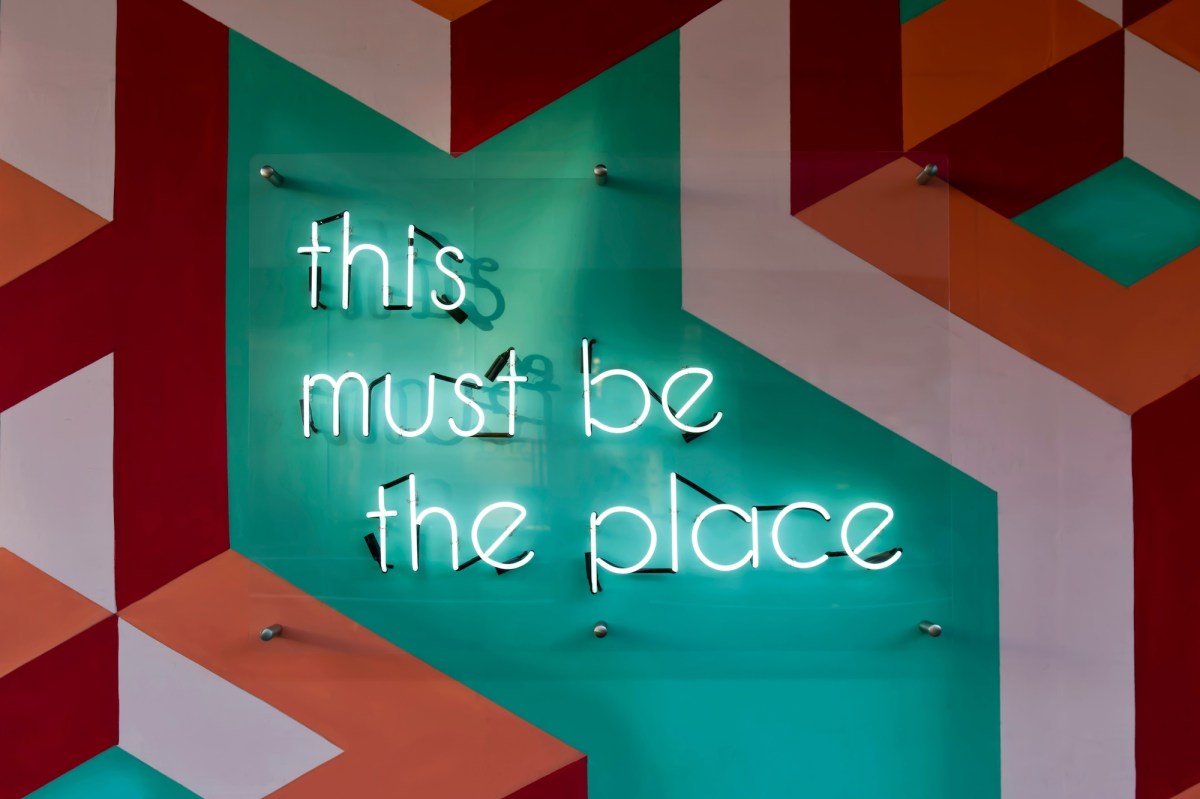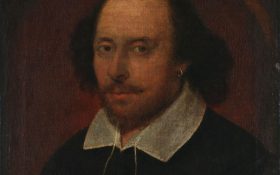ArtsHub recently spoke to six curators across three states about why they loved their jobs. We wanted to take that conversation further, so we asked them how they landed their first curatorial position.
Unsurprisingly, most of them started off volunteering before stepping into professional roles. The curatorial field is specialised and competitive, but it is also one of those career pathways that is designed to allow fresh talent to bubble up, and emerging curators to then step into mid-career roles.
This is what they had to say on getting their big break.
Read: The most pressing question on curators’ lips
Megan Robson, Museum of Contemporary Art Australia
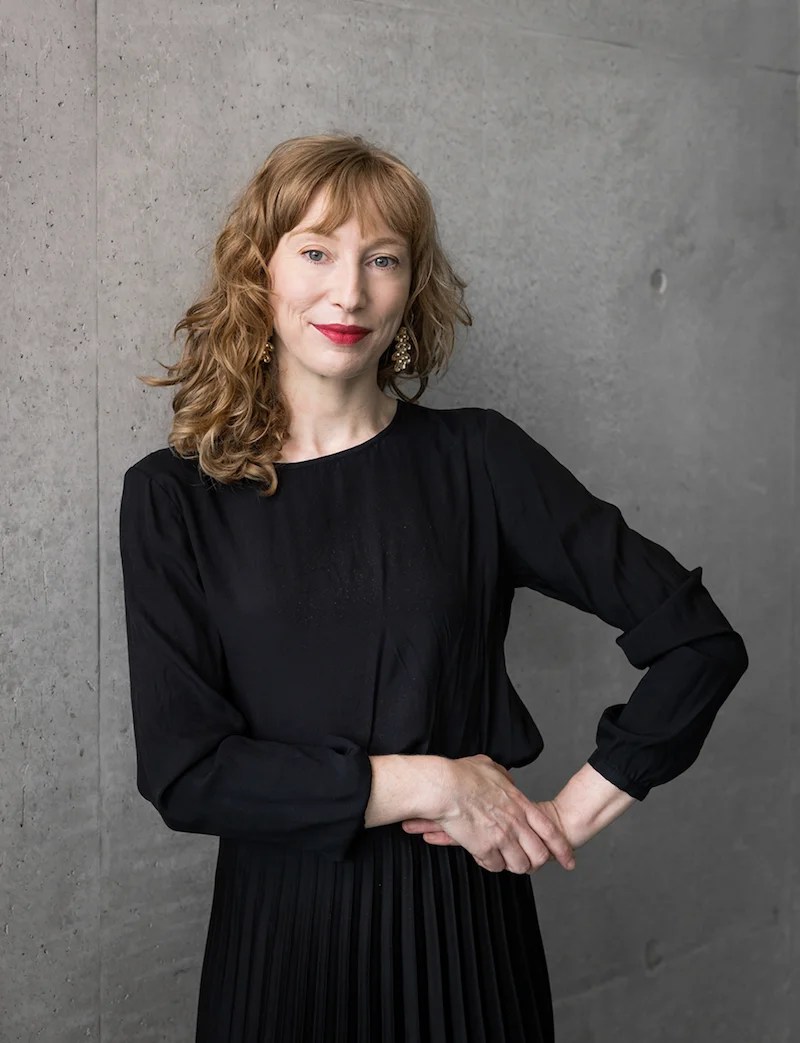
Like many curators, my first paid gig came about through unpaid work. As a student, I juggled part-time jobs in retail and hospitality with multiple unpaid internships in curatorial, public programs and publications departments of various museums and galleries to gain experience in the industry, alongside my studies.
A six-month long internship with the publications team (of one!) at the Biennale of Sydney, working on the exhibition catalogue and interpretation material for the 14th Biennale of Sydney (2004), turned into a succession of paid roles with other departments with the Biennale, including supporting public programs, facilitating a visiting curators’ program and assisting with post-exhibition administration.
Looking back, it was a fantastic entry point to exhibition making, as it provided experience across a range of roles working on an ambitious exhibition with multiple venues, artists and commissions. I learned a huge amount from colleagues and artists who were generous in sharing their knowledge and advice. I was able to gain an insight into the various steps involved in presenting a major exhibition, from research through to development and installation, and it highlighted that exhibitions of scale are the result of a team of people, not a single individual curator.
It also illustrated the amazing things that passionate people can accomplish, despite limited resources and a lack of sleep.
Robson most recently has worked on the MCA exhibition Hiroshi Sugimoto: Time Machine. She first joined the MCA curatorial team in 2008 as Curatorial Assistant and more recently as Associate Curator, Exhibitions. Prior to her time at the MCA she worked for the Biennale, as mentioned, and the Barbican Centre, London. She received her Masters in Curating from Goldsmiths, University of London and Bachelor of Art Theory with Honours from the University of New South Wales. Learn what other projects Robson has worked on.
Rachael Kiang, Cantebury Bankstown Art Centre, NSW
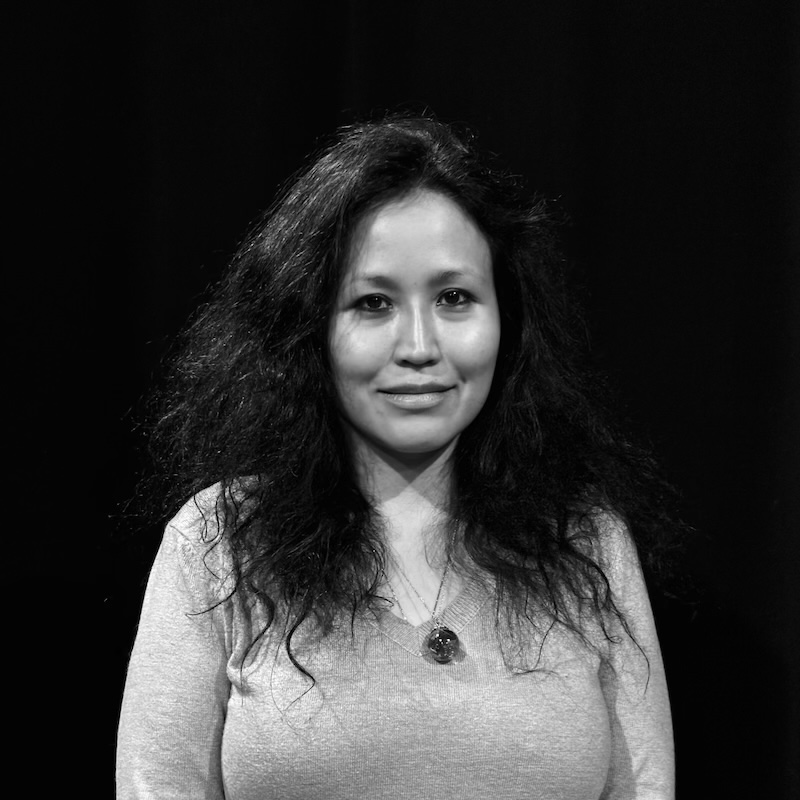
It was serendipitous. A full-time curatorial role at a small independent space was advertised, and I simply applied for it, two years or so after completing my MA in Curatorship. It probably helped that I’ve had internship experience with the Art Gallery of New South Wales, and two other museums overseas.
After a short stint with them, I worked for a number of years at the old CoFA – College of Fine Art (now UNSW Art & Design), as I was very much drawn to a research environment of intellectual enquiry. While it wasn’t a curating role, the experience was formative in developing my knowledge, practice and understanding of research-led curatorial practice. I also had opportunities to co-curate a handful of projects with CoFA, which then led to a Gallery Manager and Curator position at Gallery Lane Cove + Creative Studies.
Kiang is currently the Director of Bankstown Arts Centre and is co-curating the 2024 Bankstown Biennale, which runs 3 November 2024 to 1 February 2025.
She has also held the positions of Interim CEO at 4A Centre for Contemporary Asian Art, Program Manager and Producer of the inaugural Big Anxiety Festival (Australia’s largest mental health festival of arts, science and people) and Program Manager of the National Institute for Experimental Arts UNSW.
Jake Treacy, Incinerator Gallery, Melbourne
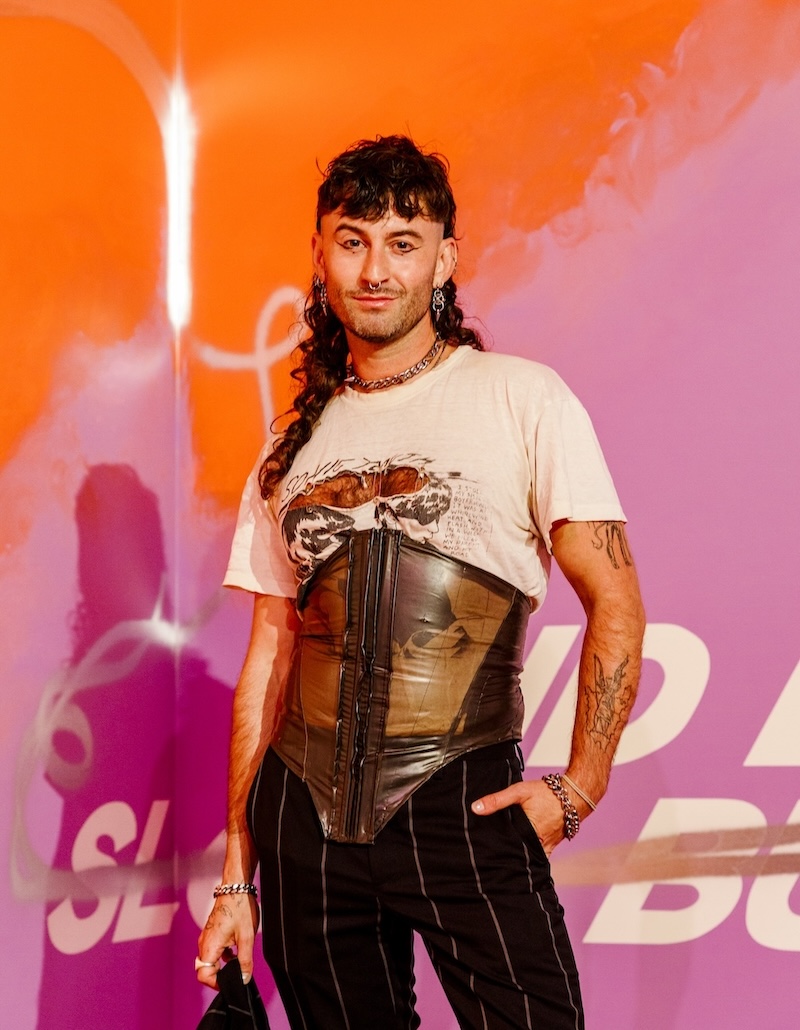
My first institutional curatorial project was titled Apocalyptic Horse, presented at Heide Museum of Modern Art. The exhibition explored psychology, the body and the landscape – and the theatre that ties them together – through the artistic practice of Albert Tucker. Tucker’s work was brought into dialogue with pieces by other artists including Patricia Piccinini, Hayley Millar-Baker and James Gleeson, offering a prism through which histories can be reexamined, and ideas of apocalypse – both personal and collective – can be explored
What I love most about being a curator is the collaboration and care in sharing stories through art and togetherness. The world-building that takes place in curating and exhibition-making offers a threshold through which artists and visitors can reflect upon society and champion new creative perspectives that strengthen communities. For example, our current 2024 Incinerator Art Award exhibition inspires visitors how art can be a catalyst for social change, exploring themes such as Indigenous knowledges, queer histories, the climate crisis, class, gender, and identity.
In my present role as curator at Incinerator Gallery, I encourage visitors to engage their “internal compass” as they navigate an exhibition’s landscape. Here, visitors encounter unique cultural experiences that connect society through art and design – it is a place for social interaction, knowledge sharing, and discovery.
Treacy graduated from the University of Melbourne with a Master of Art Curatorship (2017) and Postgraduate Art History (2013). They have previously co-directed an artist-run initiative, sat on grant advisory panels and published copy on numerous contemporary arts practices. They currently curate at Incinerator Gallery and sit on the BLINDSIDE Board of Artistic Directors.
Read: How volunteering can help your career
Lizzy Galloway, Mudgee Gallery and Arts Precinct, NSW
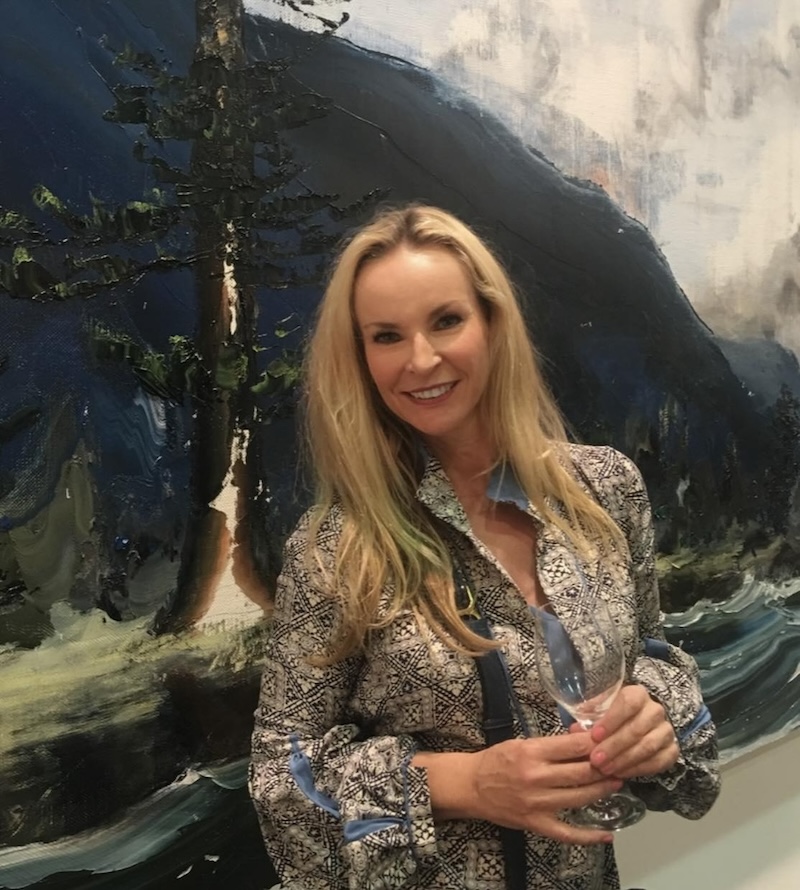
My first break into the curatorial world was in the last year of study at the University of Sydney. We had a guest lecturer talk about her role as Curator of the Westpac Museum in The Rocks. The role immediately piqued my interest, and I enquired about an internship the next day.
Serendipitously, a full-time role came up at the conclusion of my degree and I was extremely lucky to be in the right place at the right time. It was also a different time when the banks had an abundance of money, so I barely remember budgets being an issue!
Later, I completed formal qualifications by doing a Postgraduate Degree in Art Curatorial Studies and received the Grimwade Internship at the University of Melbourne Museum of Art the following year. I worked on a large collection of Australian art that had been donated by Sir Russell Grimwade with Rachel Kent (now CEO at Bundanon) who was, and still is, an incredibly inspiring and knowledgeable person. Purchasing art at the auction houses for the collection was always the best part of this position.
Galloway was appointed Curator of the Mudgee Arts Precinct and Gallery in 2020, launching its redevelopment.
Melanie Pitkin, Chau Chak Wing Museum, University of Sydney
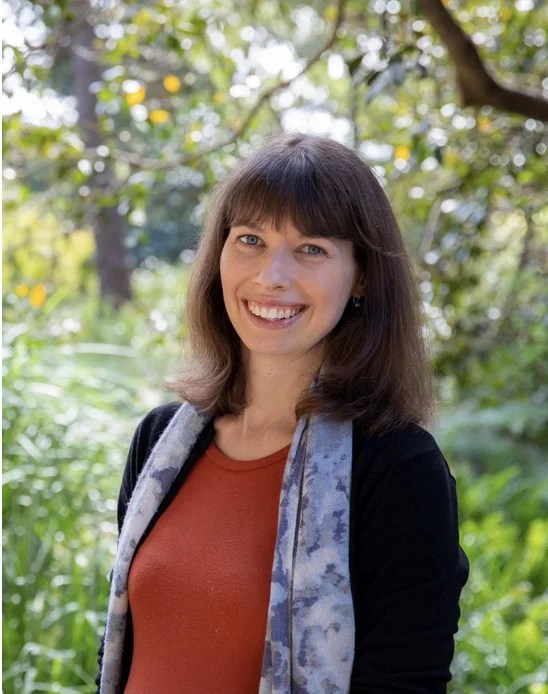
I started volunteering at the Powerhouse Museum at a relatively early age, when I was only 17. I knew I wanted to combine my love of Egyptology with museums, but I also knew it would be a competitive road ahead of me. I wanted to gain experience in a large organisation, so I could get exposure to all the many different museum departments.
I volunteered for three years with Dr Anne Watson, Senior Curator of Architecture and Design, before landing my first position as an Assistant Registrar on the new Castle Hill open storage facility. After only six months, I was successful in applying for an internally advertised role as an Assistant Curator of Transport, which paved the way for my curatorial career.
After an 18-month stint in Evaluation and Audience Research, I went onto become an Assistant Curator of Decorative Arts and Design, a role I held for close to eight years. I worked on many different exhibitions in that time, especially in fashion, before fortuitously having the opportunity to work as the curator on a British Museum travelling exhibition on ancient Egypt (this happened just months before I submitted my PhD).
From this point on, I have been incredibly lucky to have held ongoing museum curatorial roles working exclusively with antiquity and archaeology collections at the Fitzwilliam Museum, Cambridge and now the Chau Chak Wing Museum.
I’m now Senior Curator of the Nicholson Collection of Antiquities and Archaeology, a role I’ve held since February 2022. My academic training is in Egyptology (I studied my undergrad and PhD at Macquarie University) and I have spent close to 20 years working in museums in Sydney and the UK, and providing support to museums in Egypt.
Read: Internships: valuable work experience or glorified volunteering?
Caitlin Eyre, JamFactory, Adelaide
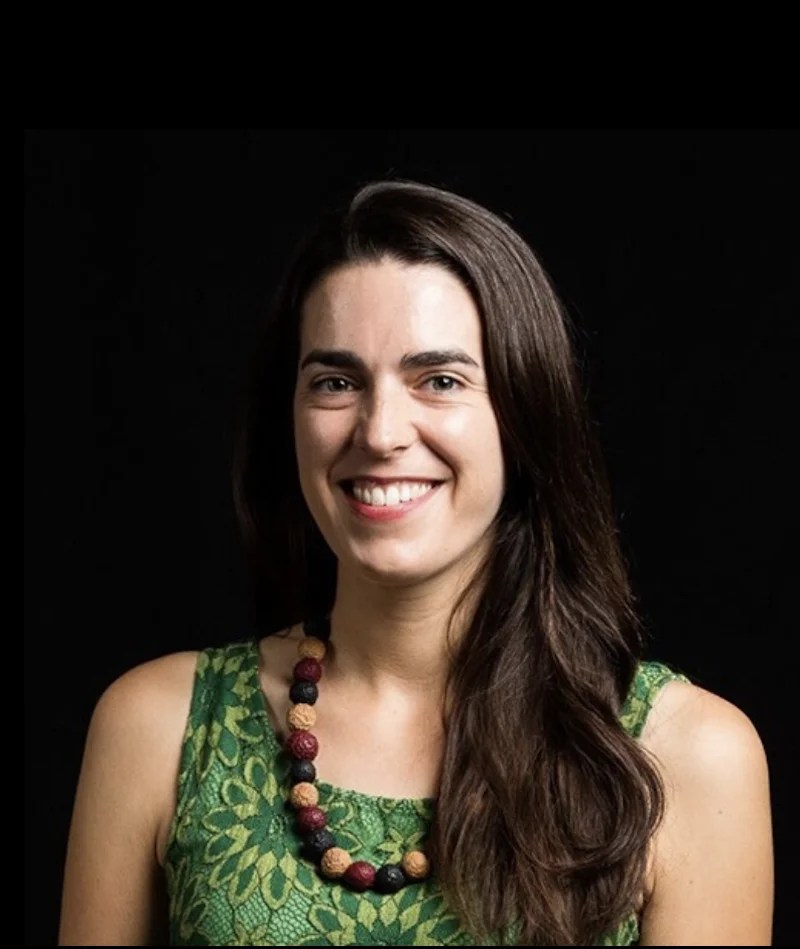
I gained early curatorial experience as a volunteer in the Prints, Drawings and Photographs department at the Art Gallery of South Australia, which was a wonderful insight during my student years.
As part of my Master of Curtorial and Museum Studies at the University of Adelaide, I undertook an internship at the National Gallery of Australia, and then decided to do an additional internship – at JamFactory!
During this internship I curated my first exhibition, which was a significant learning experience and which cemented my love of contemporary craft and design. This internship led to ongoing employment at JamFactory as an Assistant Curator (first part-time, then full-time), Curator, and then my current role as Curator and Exhibitions Manager.
I couldn’t have predicted in my wildest dreams that my initial experience as an intern would one day lead to becoming the head of the exhibitions department!
